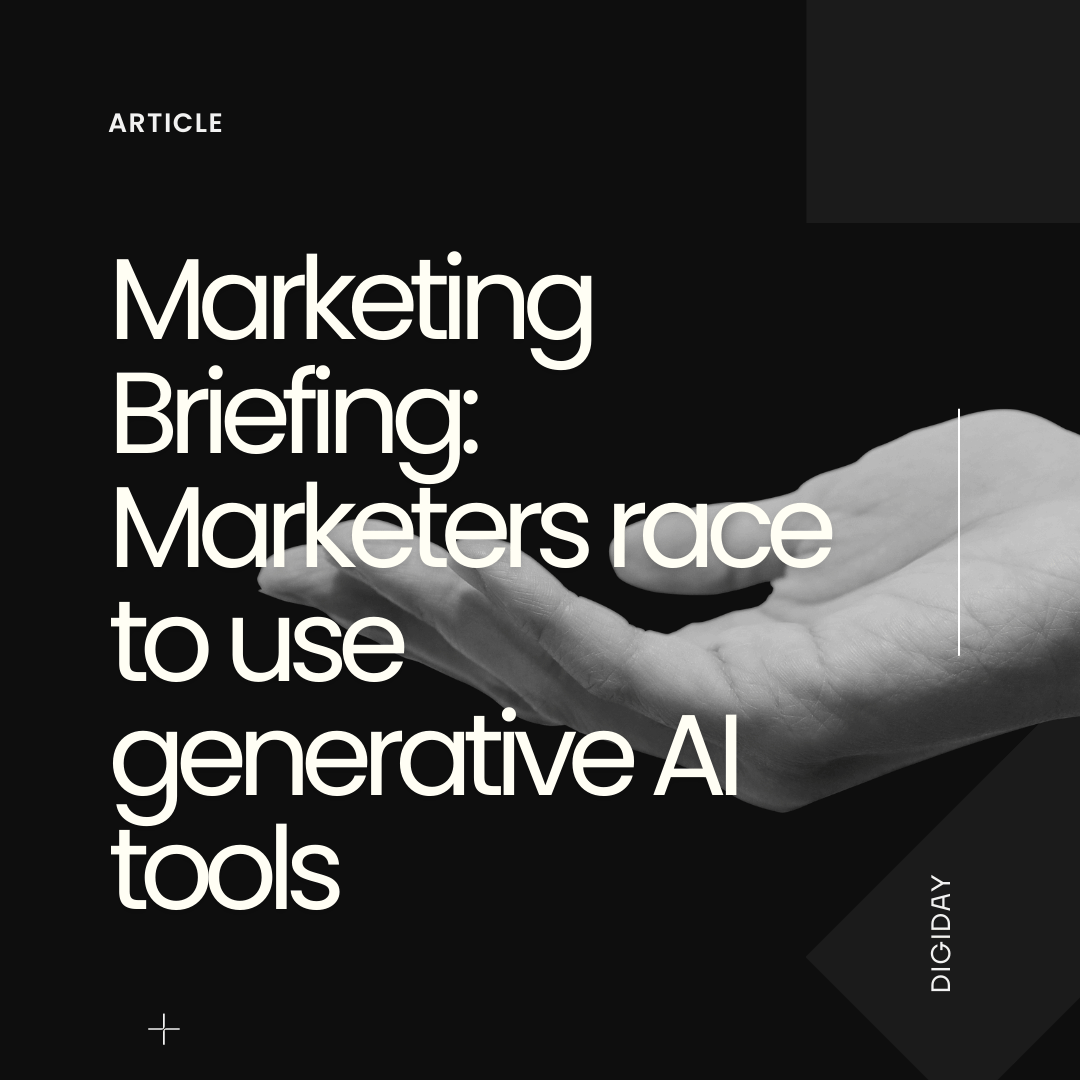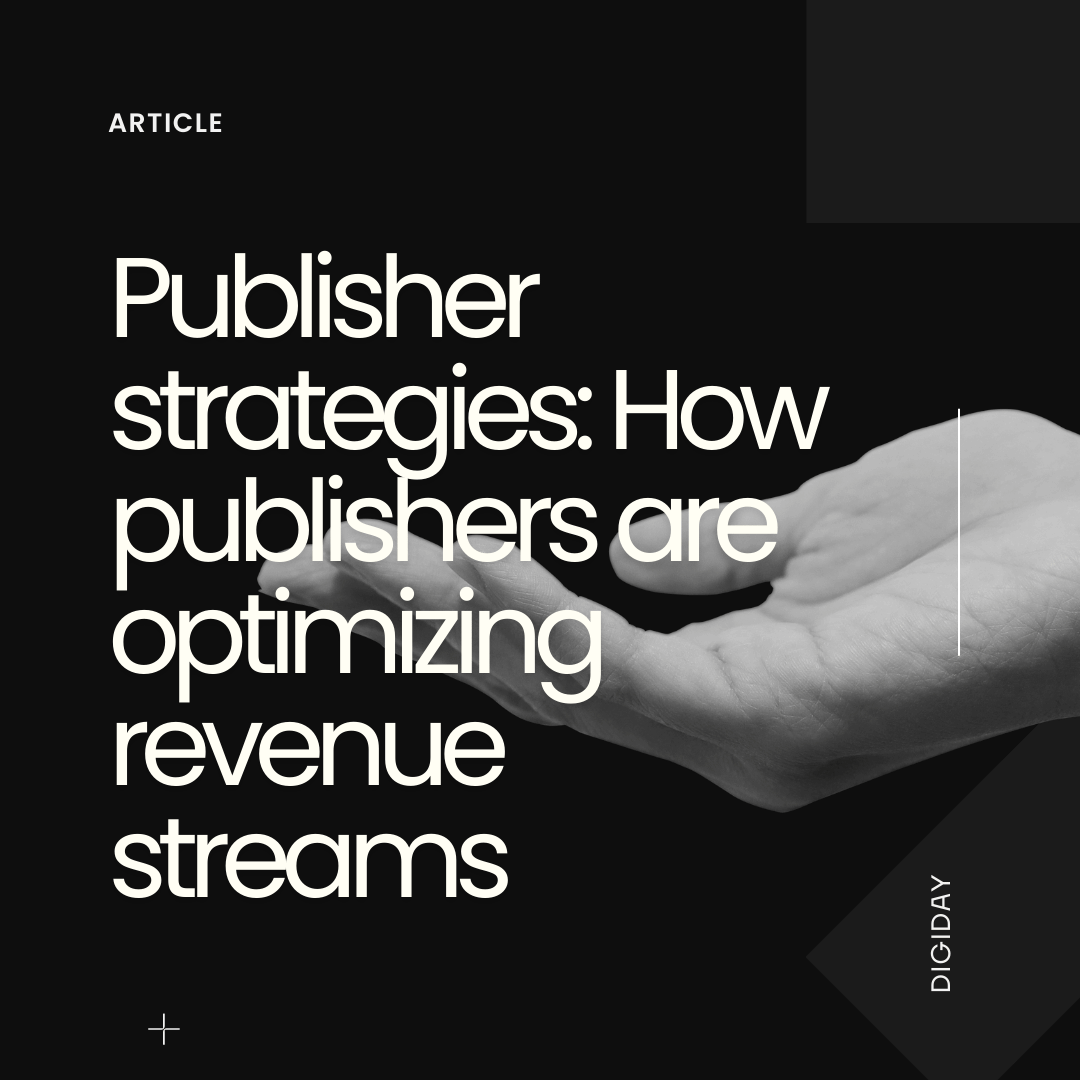In the ever-shifting sands of the digital media ecosystem, the waning influence of Google's affiliate dominance presents both a challenge and an opportunity for savvy publishers. With Google's unending stream of SEO changes and the dreaded AI Overviews now monopolizing the top spots in search results, many are reporting drastic declines in traffic.
A glance at the discussions on the ‘SEO’ subreddit reveals numerous posts bemoaning the demise of affiliate sites, with one user confessing, "It's discouraging for smaller creators who invest so much time and effort. My site traffic plummeted overnight after the latest algorithm update. I spent years building high-quality content and adhering to SEO best practices, only to see my efforts essentially undone in a matter of hours. It's incredibly disheartening and makes me question the viability of investing in organic search optimization."
The sentiment is echoed over on the ‘Affiliate Marketing’ subreddit, where the majority warn newcomers to steer clear of Google for launching affiliate programs. A grave admonishment from a commenter states, "Navigating Google's ever-changing rules is a formidable task." Another adds, "The constant changes with Google's algorithm are making it nearly impossible to develop a long-term strategy for clients. Just when we think we have a handle on SEO, another update comes along and disrupts all our plans. The lack of predictability is frustrating for both us and our clients."
While the prospect of navigating this uncharted territory may seem daunting, those who embrace strategic agility and innovative thinking will be poised to thrive.
The key lies in diversification – shedding reliance on Google-affiliated tools and platforms in favor of alternative revenue streams and partnerships. Forward-thinking publishers are forging direct relationships with advertisers, leveraging first-party data and bespoke brand integrations to deliver a more compelling value proposition. Moreover, emerging technologies like blockchain-powered monetization models and decentralized content distribution offer novel pathways to reduce middleman fees and regain control over digital assets.
Equally essential is the cultivation of deeper, more meaningful connections with readers. Strategic investments in proprietary audience engagement platforms are enabling publishers to foster loyalty and unlock direct consumer revenue – a critical factor in an era where the traditional affiliate model is evolving. As the media landscape continues to shift, the publishers who succeed will be those who embrace adaptability, innovation, and a resolute focus on building sustainable, diversified business models.
Here are several strategies that can help publishers succeed even without reliance on Google-affiliated tools and platforms:
1. Diversify Traffic Sources
Relying heavily on any single traffic source is risky. Diversify your traffic sources by investing in:
- Social Media Marketing: Utilize platforms like Facebook, Instagram, Twitter, LinkedIn, TikTok, and Pinterest to reach different segments of your audience.
- Email Marketing: Build and maintain an email list to promote content directly to your audience, driving traffic and engagement.
- Direct Partnerships: Collaborate with other publishers, websites, or influencers to exchange traffic and promote each other’s content.
2. Invest in SEO Innovations Beyond Google
Develop a robust SEO strategy that isn't solely focused on Google:
- Alternative Search Engines: Optimize for alternative search engines like Bing, DuckDuckGo, and Yahoo.
- Voice Search Optimization: As voice search grows in popularity, optimize content for voice queries to capture this traffic.
- App SEO: Optimize for app stores and integrate with platforms that aggregate content, like Flipboard or Apple News.
3. Content Quality and Audience Engagement
Content quality remains critical. Foster loyalty by creating high-quality, engaging content:
- Niche Focus: Specialize in a niche to build a loyal audience who values your expertise.
- Interactive Content: Use quizzes, polls, and interactive tools to engage users and obtain valuable data about their preferences.
- Video and Multimedia: Invest in video content, podcasts, infographics, and other multimedia formats to cater to different audience preferences.
4. Leverage First-Party Data
Collect and use first-party data responsibly to understand and target your audience better:
- User Registrations and Subscriptions: Encourage users to register or subscribe, providing value in return (e.g., exclusive content, newsletters).
- Engagement Metrics: Use on-site engagement metrics to inform your content strategy and improve user experience.
5. Explore Affiliate and Revenue Channels Beyond Google
Diversify your revenue streams:
- Affiliate Networks: Sign up for multiple affiliate networks beyond Google, such as Commission Junction, ShareASale, and Rakuten.
- Direct Affiliate Partnerships: Build direct relationships with brands. This can sometimes yield higher commissions and more flexible terms.
- Sponsored Content: Create sponsored posts and native advertising tailored to your audience's interests.
- Membership Models: Offer premium content through subscription services or membership models for a recurring revenue stream.
6. Enhance User Experience and Site Performance
A seamless user experience can help retain and attract users:
- Speed Optimization: Ensure your site loads quickly. Use tools like GTmetrix or Pingdom to monitor and improve site speed.
- Mobile Optimization: With increasing mobile traffic, make sure your website is fully optimized for mobile users.
- User-Friendly Design: Invest in intuitive navigation, clear calls-to-action, and clean design.
7. Data Privacy and Compliance
Ensure that you comply with all data privacy regulations:
- GDPR and CCPA Compliance: Make sure your data collection practices comply with laws like GDPR and CCPA. Provide transparent privacy policies and manage user consent effectively.
- User Trust: Building and maintaining trust is crucial. Be transparent about how user data is used and secure it diligently.
8. Community Building
Create a community around your content:
- Forums and Groups: Facilitate community interaction through forums, comments sections, and social media groups.
- User-Generated Content: Encourage and showcase user-generated content to foster a sense of community and engagement.
9. Analytics and Continuous Improvement
Utilize analytics to drive decisions and improvements:
- Alternative Analytics Tools: Use tools like Matomo, Piwik PRO, or self-hosted analytics solutions to gain insights without relying on Google Analytics.
- Data-Driven Decisions: Continually test and analyze different content strategies, ad placements, and user experiences to optimize performance.
Conclusion
By diversifying traffic sources, enhancing content quality, leveraging first-party data, exploring alternative affiliate networks, and continuously improving user experience and engagement, publishers can thrive in a post-Google affiliate landscape. Adapting to these strategies not only mitigates dependency on a single platform but also builds a more robust and resilient business model.





